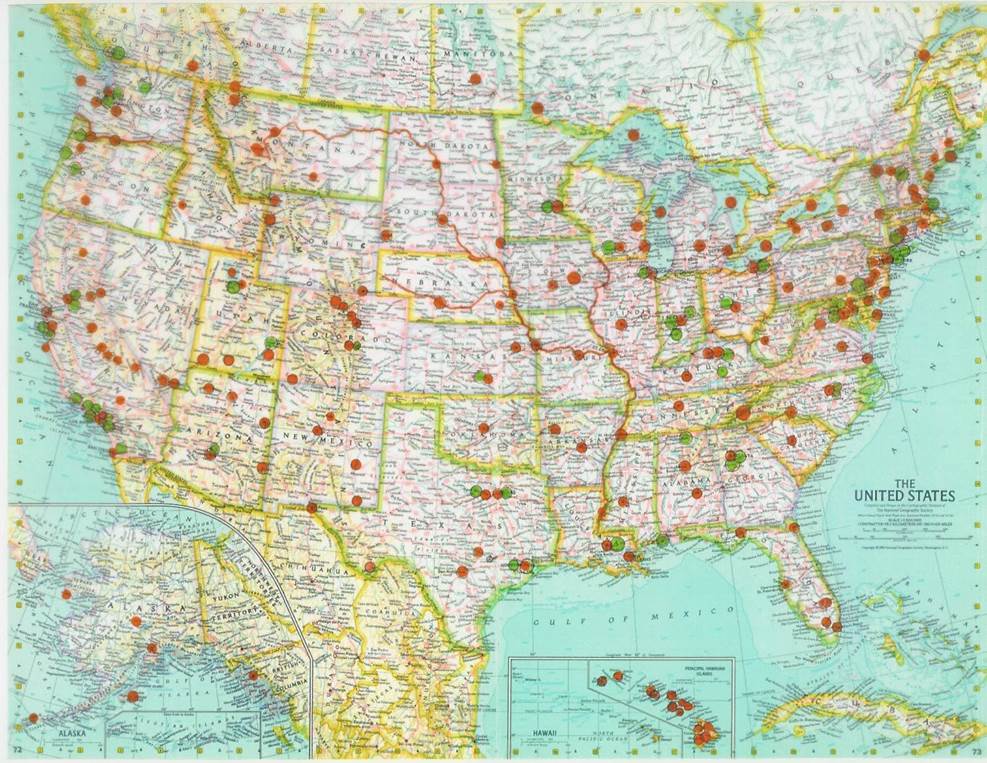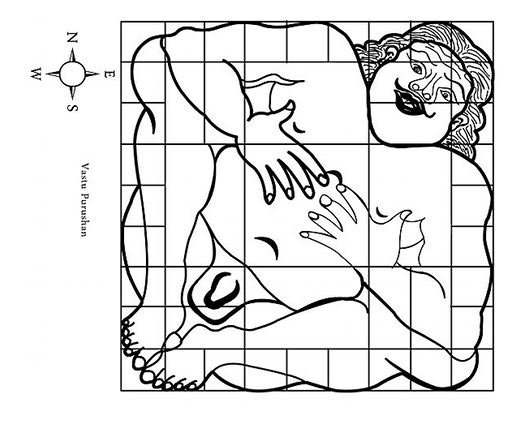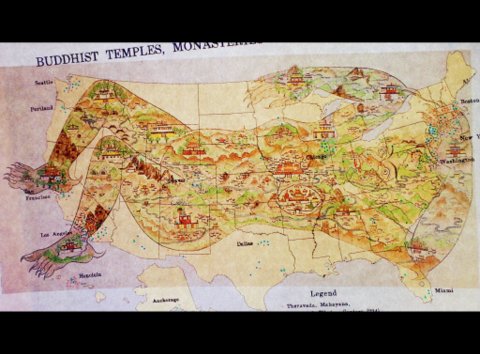by James C. Stephens
In Tibetan practice, these orders are expressed as “affinities,” so we see concepts like “mother” (in early Sino-Tibetan practice “father”) “filial,” “friend,” and “enemy.” All of these various orders are common enough in the literature that I am not eager to reproduce them here. Still, I know my readers well enough to realize you will complain if I do not.
[1] Mutual Production Order
- Wood produces Fire
- Fire Produces Earth
- Earth produces Metal
- Metal produces Water
- Water produces Wood
[2] Mutual Destruction Order
- Wood destroys Earth
- Earth destroys Water
- Water destroys Fire
- Fire destroys Metal
- Metal destroys Wood
[3] Controlling Order
- Wood destroys Earth, Metal controls Wood
- Metal destroys Wood, Fire controls Metal
- Fire destroys Metal, Water controls Fire
- Water destroys Fire, Earth controls Water
- Earth destroys Water, Wood controls Earth
[4] Masking Order
- Wood destroys Earth, Fire produces Earth and masks
- Metal destroys Wood, Water produces Wood and mask
- Fire destroys Metal, Earth produces Metal and masks
- Water destroys Fire, Wood produces Fire and masks
- Earth destroys Water, Metal produces Water and masks
So, from these, the Tibetans deduced their systems of water being the mother of wood, wood being the son of water, water being the friend of earth, earth being the enemy of water, and so forth. How this might come about is interesting. Originally, filial concepts were attached to the trigrams. We had a father, a mother, eldest son, middle son, youngest son, eldest daughter, second daughter, youngest daughter. Those on the father’s side are yang, those on the mother’s side are yin. So, as applied to the elements, this becomes parent, child, enemy and friend.
[1] Mother
- Mother of Wood is Water
- Mother of Water is Metal
- Mother of Metal is Earth
- Mother of Earth is Fire
- Mother of Fire is Wood
[2] Child
- Child of Wood is Fire
- Child of Fire is Earth
- Child of Earth is Metal
- Child of Metal is Water
- Child of Water is Wood
[3] Enemy
- Enemy of Wood is Metal
- Enemy of Metal is Fire
- Enemy of Fire is Water
- Enemy of Water is Earth
- Enemy of Earth is Wood
[4] Friend
- Friend of Wood is Earth
- Friend of Earth is Water
- Friend of Water is Fire
- Friend of Fire is Metal
- Friend of Metal is Wood
“Energy is primarily considered as emanating from the northeast corner and many site and building characteristics are derived from this. Sites sloping down towards north or east from higher levels of south and west are considered good. Open spaces in site and openings in the building are to be more in the north and east than in the south and the west. No obstacles are to be present in the north and the east. Levels and height of buildings are to be higher in the south and west when compared to the north and east. The southwest corner is to be the highest, followed by southeast, then by northwest and finally by northeast. The triangle formed by joining the southwest, southeast and the northwest corner of the site is attributed to the moon and the triangle formed by joining the northeast, northwest and southeast corner of the site is attributed to the sun. The former are prescribed to be heavier and higher and the latter light and lower. Sites having a longer east-west axis are considered better. The diagonal connecting southwest and northeast is to be longer than the diagonal connecting southeast and northwest. An extended northeast corner is considered beneficial.”
- Kali Projected on Empire State Building in NYC.
- Kali the god of Time ruling over Shiva the transcendent goddess of the earth.
- Shiva at Cern
- North is ruled by Kubera, the lord of wealth.
- South is ruled by Yama, the lord of death.
- East is ruled by Indra, the solar deity.
- West is ruled by Varuna, the lord of water.
- Northeast is ruled by Shiva.
- Southeast is ruled by Agni, the deity of fire.
- Northwest is ruled by Vayu, lord of the winds.
- Southwest is ruled by Niruthi, lord of ancestors.
- The center is ruled by Brahma.
Apart from its mythological structure, this mandala is actually the framework for an exquisitely detailed set of mathematical rules, having nothing to with elements, but everything to do with hard measurement.
In parts one and two of our little survey of Tibetan geomancy, we have been discussing Queen Kon-jo. When Wengchen Kon-jo comes to Tibet from China, in 641 CE, her geomantic masterpiece — or metaphor — is the siting of Lhasa’s central temple, Jokhang.
The story is that Kon-jo determined Tibet’s landforms resembled a demoness lying on her back, so various smaller temples and stupas had to be constructed before Jokhang could be successfully completed.
When we examine this approach in contrast with the Purusha Mandala, it certainly becomes suggestive, doesn’t it?
Chinese and Indian approaches were tossed into Tibet’s cultural grinder, with the eventual result that spirits of the earth were now being dredged up and subdued according to a moving position.
The concept of the grid is coming from India, but the concept of motion is coming from China. Basically, the grid is being laid on a site, and four corners are assigned.
The southeast corner is fire, the southwest corner is the demoness, the northwest corner is wind, and the northeast corner is power. The spirit — by this time a naga — is believed to rotate within this square according to the season, and even, as some would have it, according to the year, month, day and hour. The grid is divided into some 8,000 parts, the head of the spirit is aligned, and a “vital point” is established — usually in the spirit’s armpit — where the first disturbance of the soil is to occur.
It is right about here that we begin to think about the difference between gross and subtle elements, and their lasting — if not thoroughly troublesome — metaphor, the relationship between seen and unseen: the relationship between men and spirits.
Of spirits, in Chinese, Tibetan, and Indian practice, one could write an almost endless number of volumes.
Answer: http://www.worldviews101.com/?p=1895
Over the years I have compiled maps on the locations where Tibetan sand mandalas have been constructed by traveling teams of Tibetan lamas from various monasteries and tour groups. Some have been financed by Richard Gere, others are by invitation from the US Federal, State and local governments, universities. Churches have also invited them in to be built as well as museums, festivals, wherever they find receptive sponsors.













